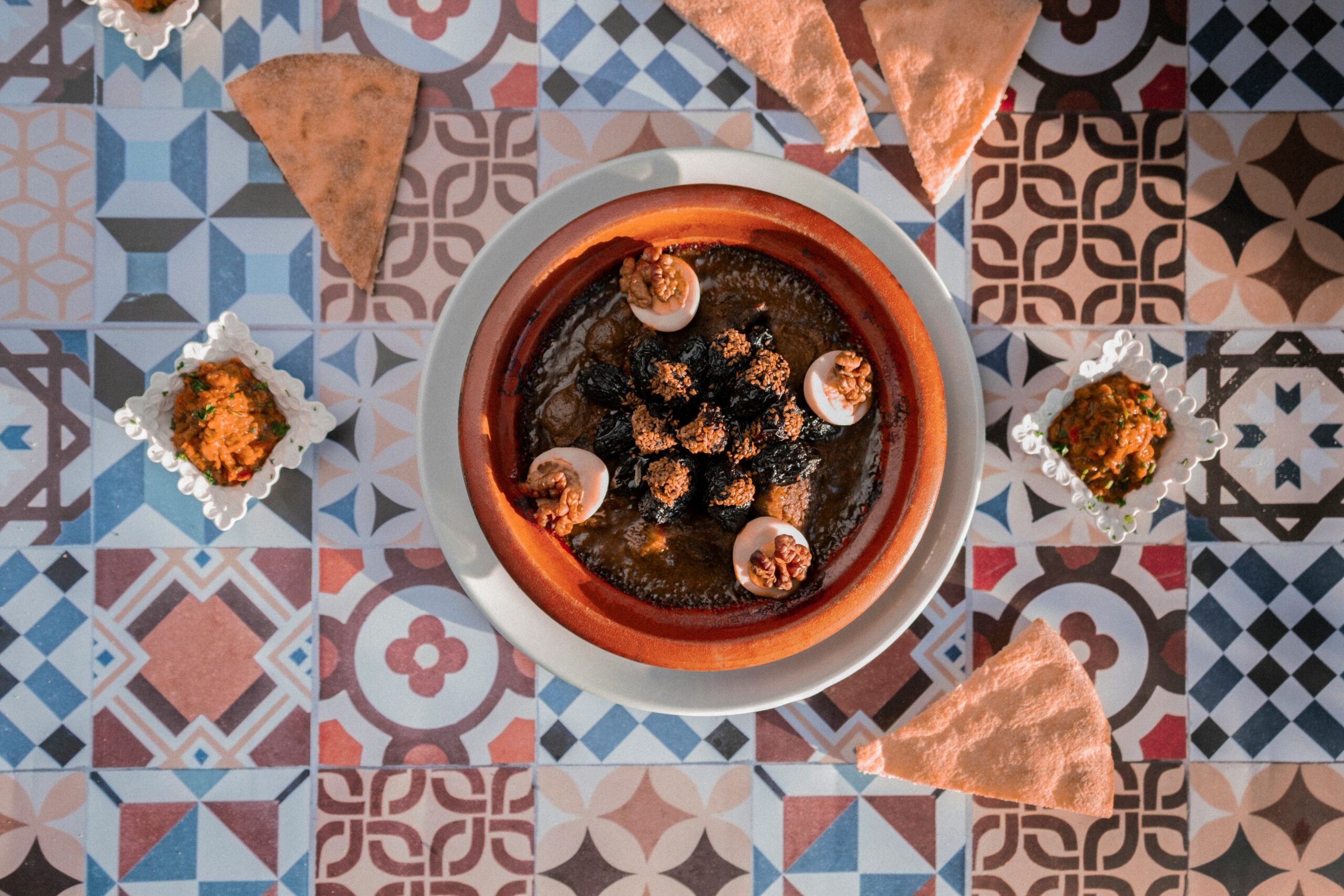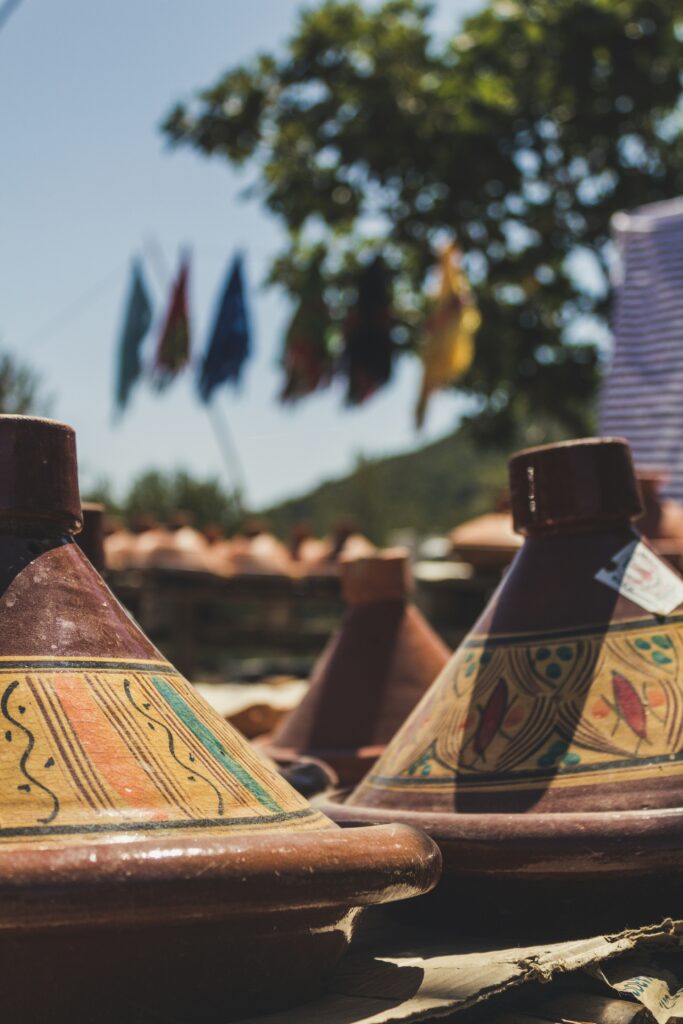
Morocco Food Tour: A Culinary Journey Through Flavor and Tradition
Introduction to Moroccan Cuisine
When it comes to culinary adventures, few places can rival the vibrant and aromatic flavors of Morocco. Moroccan cuisine is a rich tapestry woven from centuries of cultural exchanges, combining influences from Berber, Arab, Andalusian, and French traditions. Each dish tells a story of heritage, blending unique spices, fresh ingredients, and time-honored cooking techniques. A Morocco food tour offers travelers the chance to experience these delightful flavors firsthand while immersing themselves in the country’s warm and inviting culture.
The Essence of Moroccan Spices
Moroccan food is famous for its masterful use of spices, which create layers of depth and complexity in every bite. Some of the most iconic spices include:
- Ras el Hanout: A blend of over 20 spices, including cinnamon, cardamom, and turmeric.
- Cumin: Essential in tagines and stews.
- Paprika: Often used to add a smoky sweetness.
- Saffron: Known as the “golden spice,” saffron is a luxurious ingredient in many Moroccan dishes.
- Preserved Lemon: Adds a tangy, slightly salty depth to many recipes.
During your food tour, visiting a local spice souk is a must. The vibrant colors and heady aromas are unforgettable.
Must-Try Dishes on a Moroccan Food Tour
Tagine
No trip to Morocco would be complete without indulging in a traditional tagine. Named after the conical clay pot in which it is cooked, tagine is a slow-cooked stew brimming with meat, vegetables, and spices. Popular variations include:
- Chicken with preserved lemon and olives
- Lamb with prunes and almonds
- Vegetable tagine with seasonal produce
Tagines are best enjoyed with freshly baked Moroccan bread, or “khobz,” to soak up the rich sauces.
Couscous
A staple of Moroccan cuisine, couscous is traditionally served on Fridays. It’s a fluffy grain topped with a medley of vegetables, meat, and aromatic spices. Watching local chefs steam couscous to perfection is a fascinating experience in itself.
Harira Soup
This hearty soup, made with lentils, chickpeas, tomatoes, and spices, is a comforting dish often served during Ramadan. Paired with sweet chebakia (fried sesame cookies), it’s a favorite among locals.
Pastilla
A unique blend of sweet and savory, pastilla is a flaky pastry stuffed with spiced pigeon or chicken, almonds, and cinnamon. It’s dusted with powdered sugar for a surprising but delightful contrast of flavors.
Moroccan Street Food
- Msemen: Flaky, pan-fried bread often served with honey or jam.
- Maakouda: Crispy potato fritters, perfect for snacking.
- Snail Soup: A flavorful broth infused with herbs and spices.
- Sardines: Grilled or stuffed with chermoula, Morocco’s sardines are a coastal specialty.
Exploring Moroccan Markets
A food tour in Morocco wouldn’t be complete without wandering through the bustling markets, or “souks.” These lively hubs are a feast for the senses, offering everything from fresh produce to exotic spices. Some top markets to visit include:
- Jemaa el-Fnaa, Marrakech: Famous for its food stalls and vibrant atmosphere.
- Souk el Had, Agadir: Known for its wide selection of local ingredients.
- Central Market, Casablanca: Ideal for seafood lovers.
Cooking Classes: Learn the Art of Moroccan Cuisine
To truly appreciate Moroccan food, consider taking a cooking class during your tour. Many cooking schools and local families offer immersive experiences where you can learn to prepare classic dishes like tagine, couscous, and mint tea. These classes provide valuable insights into traditional techniques and the cultural significance of each recipe.
Moroccan Desserts and Beverages
Sweet Treats
Moroccan desserts are a celebration of textures and flavors. Some must-try options include:
- Chebakia: Sesame cookies coated in honey.
- Kaab el Ghazal: Almond-filled pastries scented with orange blossom.
- Sellou: A mixture of toasted sesame seeds, almonds, and spices.
Mint Tea
Known as “Moroccan whiskey,” mint tea is a symbol of hospitality. Made with green tea, fresh mint leaves, and sugar, it’s served in ornate teapots and glasses. The ritual of pouring tea from a height adds a touch of artistry.
Best Cities for a Morocco Food Tour
Marrakech
The vibrant city of Marrakech offers endless opportunities for culinary exploration. From the street food stalls of Jemaa el-Fnaa to fine dining experiences, there’s something for every palate.
Fes
As Morocco’s cultural capital, Fes is a haven for food enthusiasts. The medina is home to traditional dishes like bessara (fava bean soup) and freshly baked bread from communal ovens.
Chefchaouen
Known as the Blue Pearl, Chefchaouen offers a more relaxed pace. Savor simple yet flavorful dishes like goat cheese and freshly grilled meats.
Essaouira
For seafood lovers, Essaouira is a paradise. Indulge in freshly caught fish, calamari, and lobster at the harbor-side stalls.
Tips for an Unforgettable Morocco Food Tour
- Stay Open-Minded: Be adventurous and try everything, even dishes you’ve never heard of.
- Visit Local Homes: Accept invitations to dine with local families for an authentic experience.
- Embrace the Culture: Learn about the stories behind the dishes to deepen your appreciation.
- Travel with a Guide: A knowledgeable guide can lead you to hidden gems and explain the nuances of Moroccan cuisine.
Conclusion
A Morocco food tour is more than just a journey for the taste buds; it’s an immersion into a culture rich in tradition, hospitality, and culinary artistry. From the bustling souks of Marrakech to the serene coastal towns, every meal is an opportunity to connect with the heart and soul of Morocco. Embark on this gastronomic adventure and savor the flavors that make Moroccan cuisine truly unforgettable.



